 Memphis-Arkansas Memorial Bridge
Memphis-Arkansas Memorial Bridge
Entry Type: Thing - Starting with M
 Memphis-Arkansas Memorial Bridge
Memphis-Arkansas Memorial Bridge
 Memphis-Arkansas Memorial Bridge
Memphis-Arkansas Memorial Bridge
Memphis-Arkansas Speedway
 Memphis-Arkansas Speedway
Memphis-Arkansas Speedway
Mena National Guard Armory
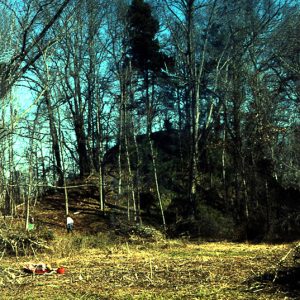 Menard-Hodges Primary Mound
Menard-Hodges Primary Mound
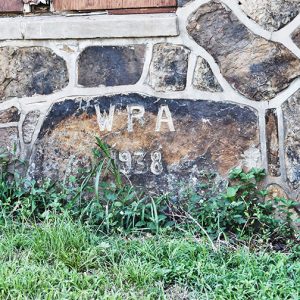 Menifee Gymnasium
Menifee Gymnasium
Menifee High School Gymnasium
Mental Health
Merci Train
aka: Gratitude Train
aka: Train de Reconnaissance
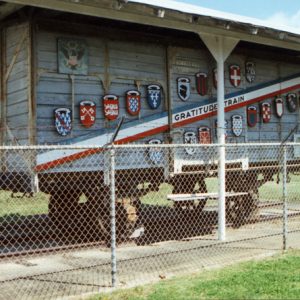 Merci Train Boxcar
Merci Train Boxcar
Mercury [Steamboat]
Mercury Mining
aka: Cinnabar Mining
 Jack Meriwether Cartoon
Jack Meriwether Cartoon
 Jack Meriwether Caricature by George Fisher
Jack Meriwether Caricature by George Fisher
 Metatrichia vesparia
Metatrichia vesparia
Meteorites
Miami [Steamboat]
 Miami Disaster Article
Miami Disaster Article
 Mid-America Science Museum Tesla Coil Certificate
Mid-America Science Museum Tesla Coil Certificate
Midwives
 Midwife's Equipment Bag
Midwife's Equipment Bag
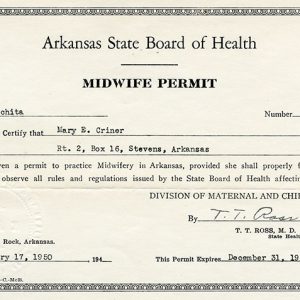 Midwife Permit
Midwife Permit
Mike Meyer Disfarmer Gravesite
Mildred B. Cooper Memorial Chapel
aka: Cooper Chapel
Military Land Grants
aka: Military Bounty Warrants
 Milk, Official State Beverage
Milk, Official State Beverage
Mill Boy [Steamboat]
Miller County Courthouse
 Miller County Farming Machinery
Miller County Farming Machinery
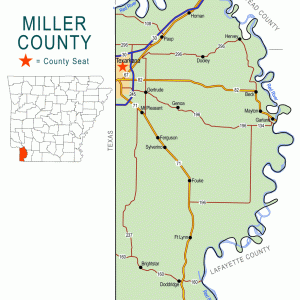 Miller County Map
Miller County Map
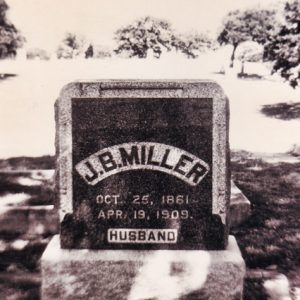 Jim Miller Grave
Jim Miller Grave
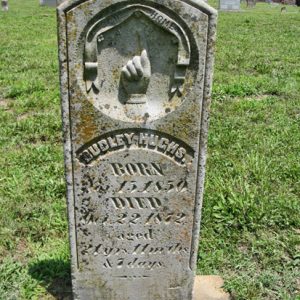 Nick Miller Carving
Nick Miller Carving
 Nick Miller Carving Detail
Nick Miller Carving Detail
 Nick Miller Signature
Nick Miller Signature
Millipedes
 Wilbur Mills Brochure
Wilbur Mills Brochure
Millwood Dam and Lake
Minari
 Miner Memorial
Miner Memorial
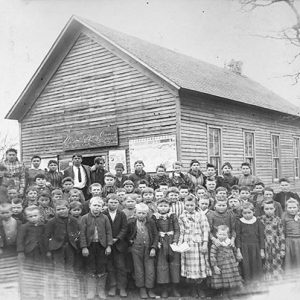 Mineral Springs Academy
Mineral Springs Academy
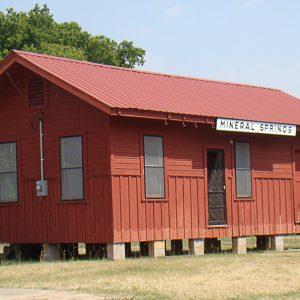 Mineral Springs Depot
Mineral Springs Depot
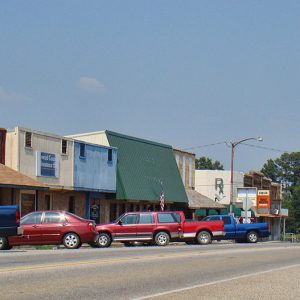 Mineral Springs Street Scene
Mineral Springs Street Scene
Mineral Springs Waterworks
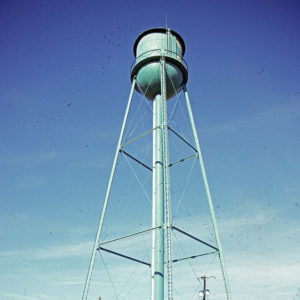 Mineral Springs Water Tower
Mineral Springs Water Tower
Mining
Minnesota Monument
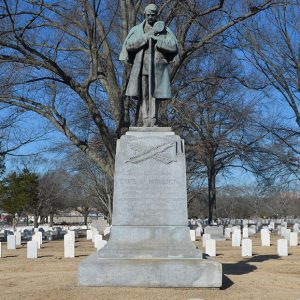 Minnesota Monument
Minnesota Monument
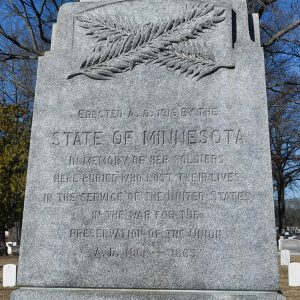 Minnesota Monument Inscription
Minnesota Monument Inscription
 Minnow Brochure
Minnow Brochure




